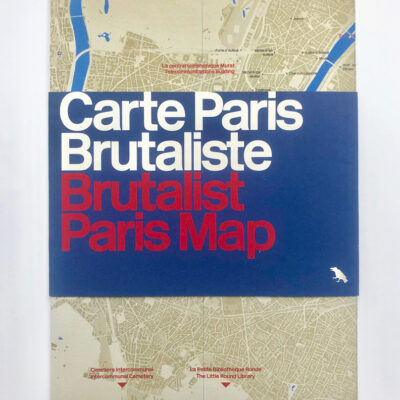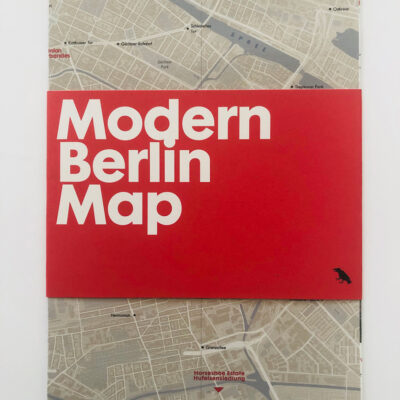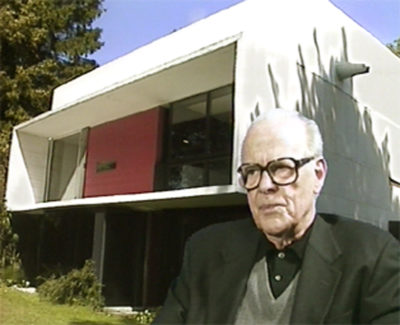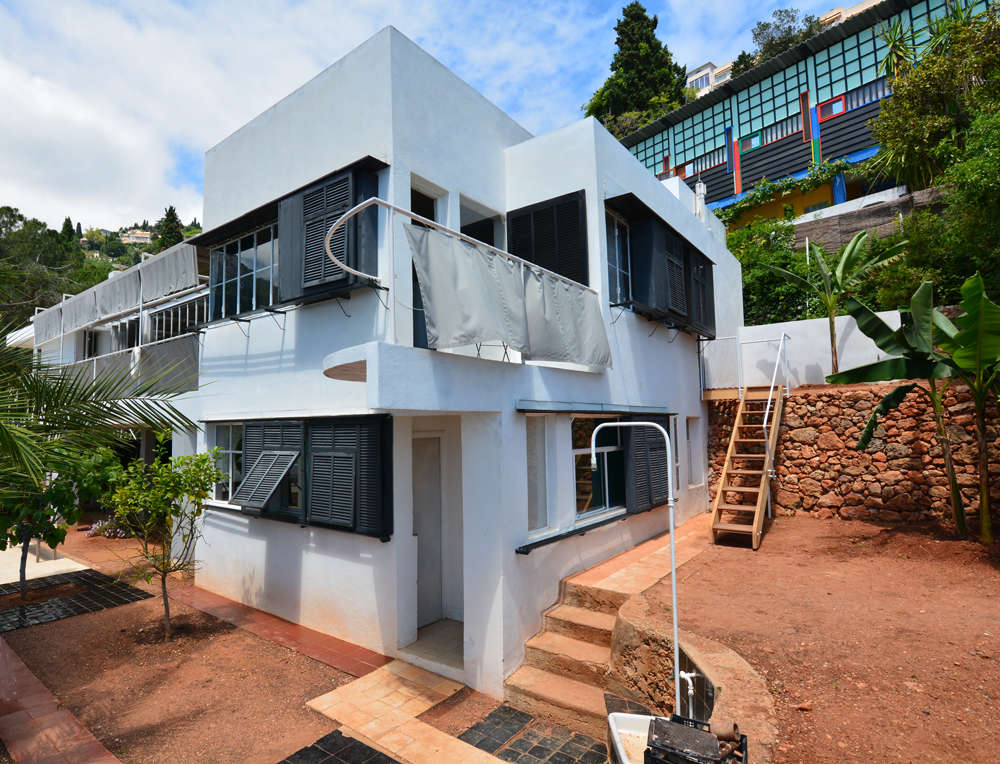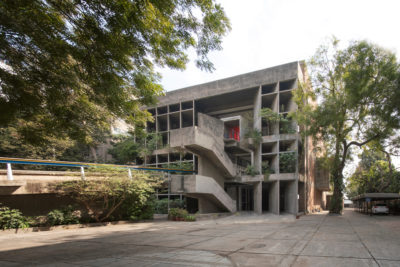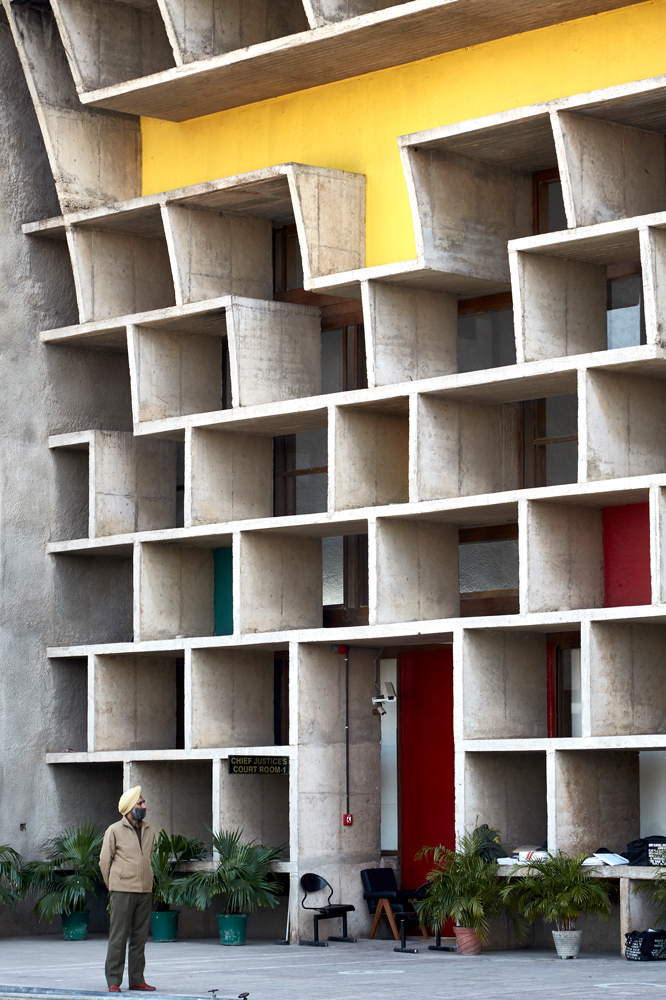
Charles-Édouard Jeanneret, known as Le Corbusier
Charles Édouard Jeanneret-Gris (1887-1965) born in La-Chaux-de-Fonds, Switzerland, a key figure in the modernist movement. He became a French citizen in 1930 where he called himself Le Corbusier. He studied architecture but according to some did not formally qualify, writer, urban planner and founding member of CIAM (Congrès International d’Architecture Moderne). His buildings can be found in Europe, Japan, India, Russia, North and South America. His art can be found at E-1027
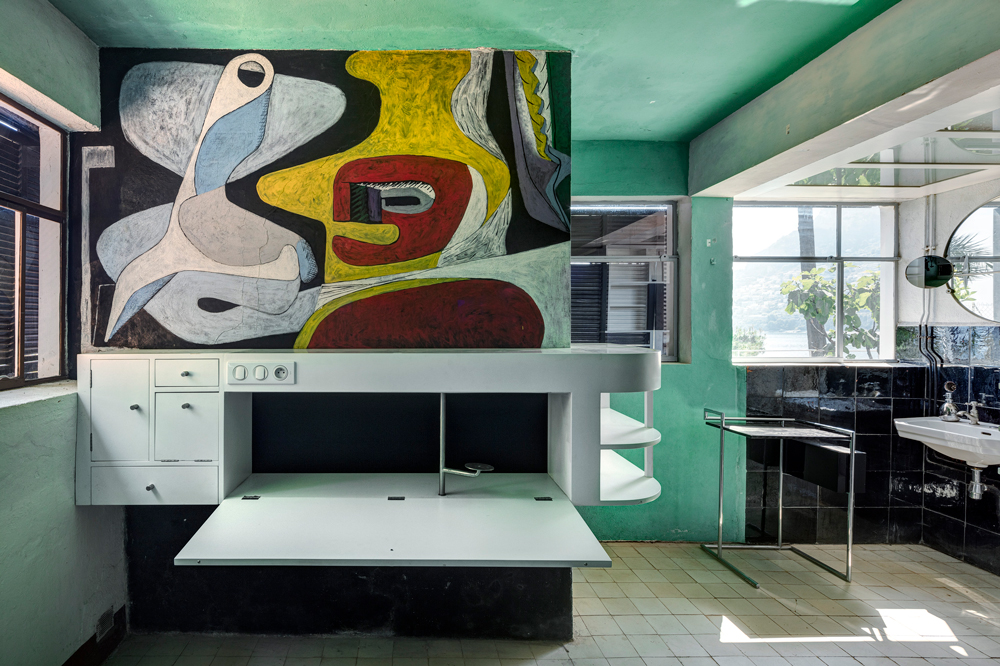
Corbusier Murals at E-1027 Image: Manuel Bougot © With thanks to Cap Moderne
La Cabane which sits above E-1027 (Eileen Gray’s modernist villa) was a place of rest, controversy and ultimately above where he accidently drowned on 27th August 1965.
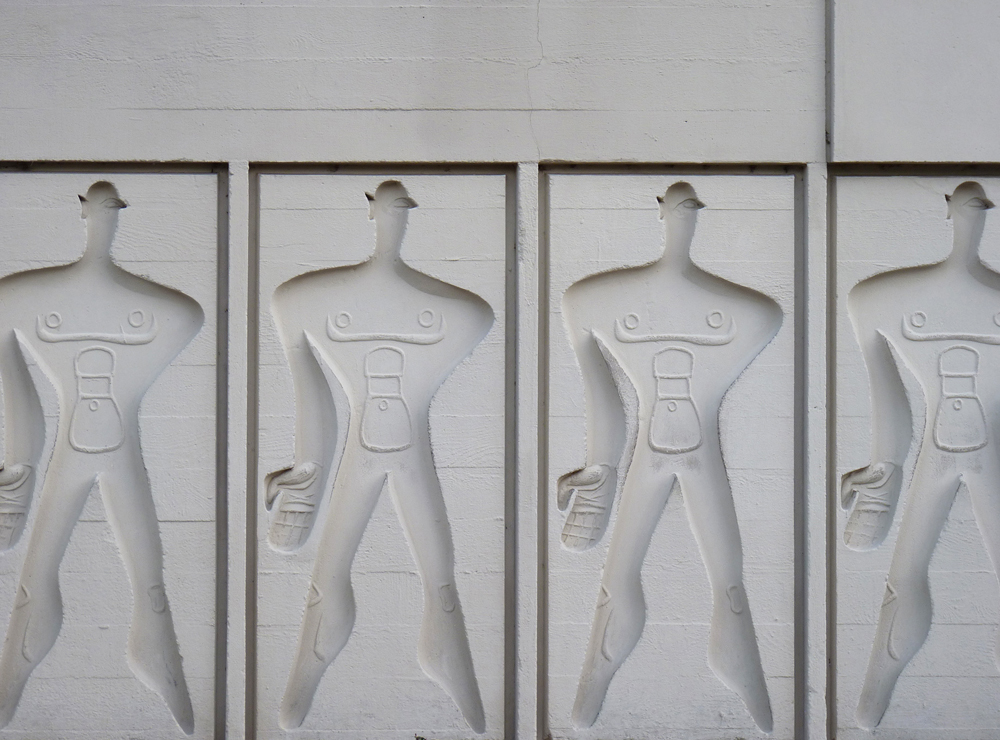
Modulor: Image Alisa Bobina
He created the five points for new architecture (according to Site Le Corbusier)
- A building raised on pilotis pile stilts,
- A self-supporting structural framework formed by columns and beams,
- Glazed external walls,
- A flexible open-plan (without load-bearing walls) that can be adapted according to the building’s functions and their changes,
- A terrace roof that acts as a roof garden.
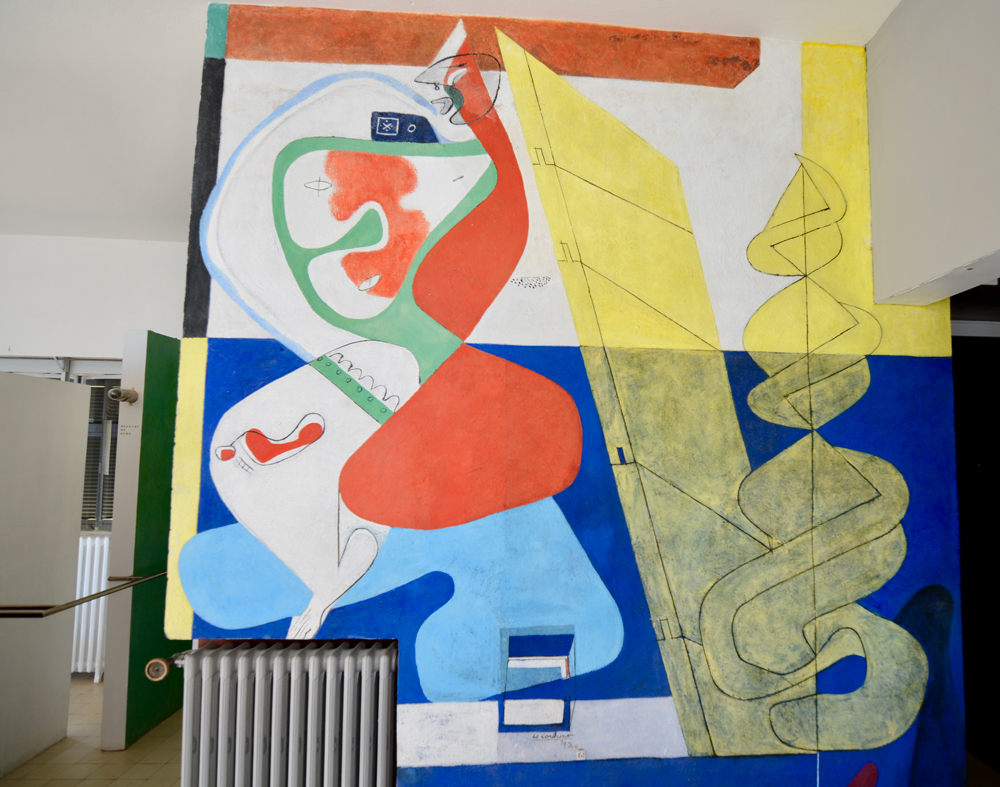
Corbusier at E-1027 Image Howard Morris
Notable buildings include:
- Villa Savoye, Poissy, France, 1928
- Cité Radieuse Unite d’habitation, Marseille, France, 1945-1952
- National Museum of Western Art, Tokyo, Japan, 1957
- Chapel of Notre-Dame du Haut, Ronchamp, France, 1950-1955
- Palace of Assembly, Chandigarh, India, 1955
- Unité d’habitation de Briey en Forêt
- Mill Owners Association Building – Ahmedabad, India 1954
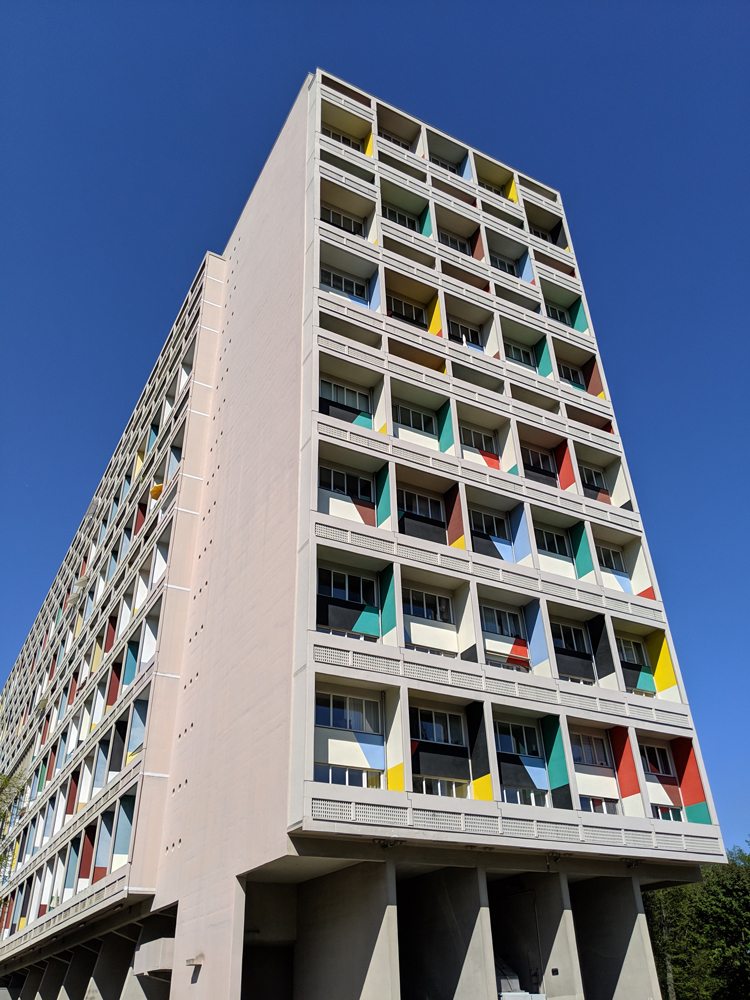
Unite d’Habitation Berlin Image Verana Stockigt
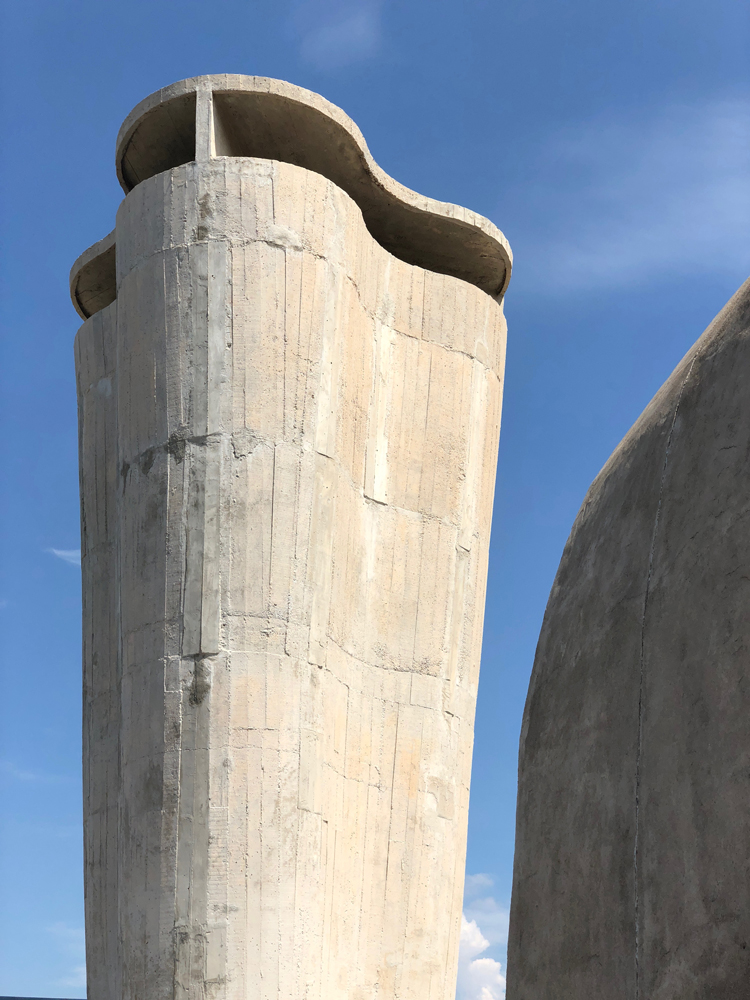
Cité Radieuse Marseille Image Pierre A Faurre
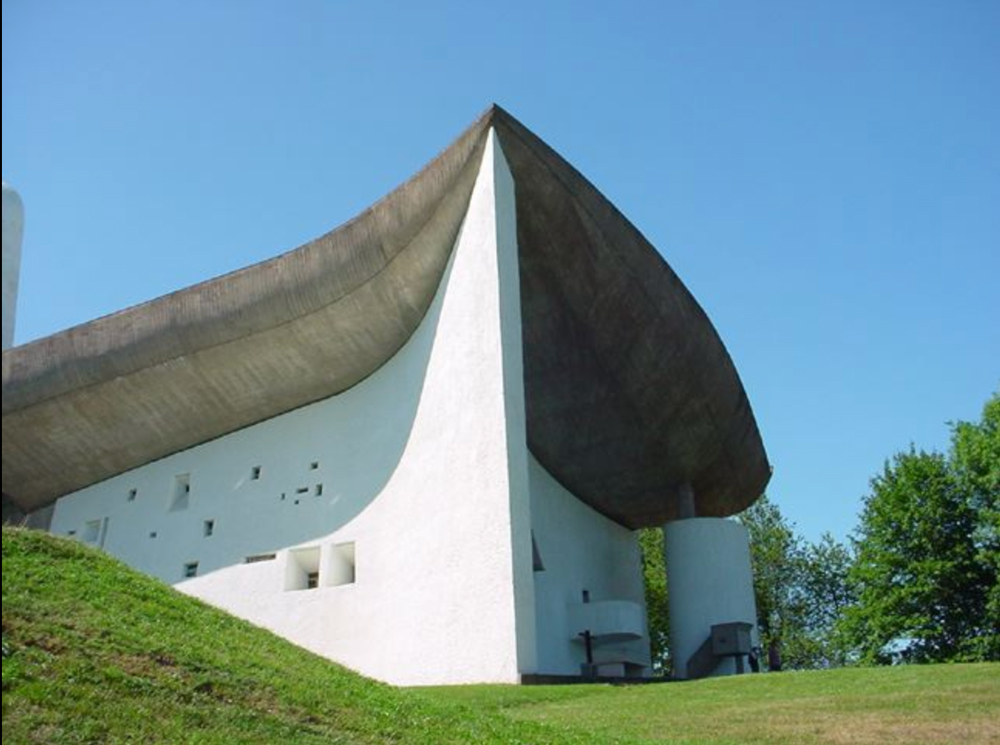
Notre Dame du Haut , Ronchamp Image: Valueyou ©©
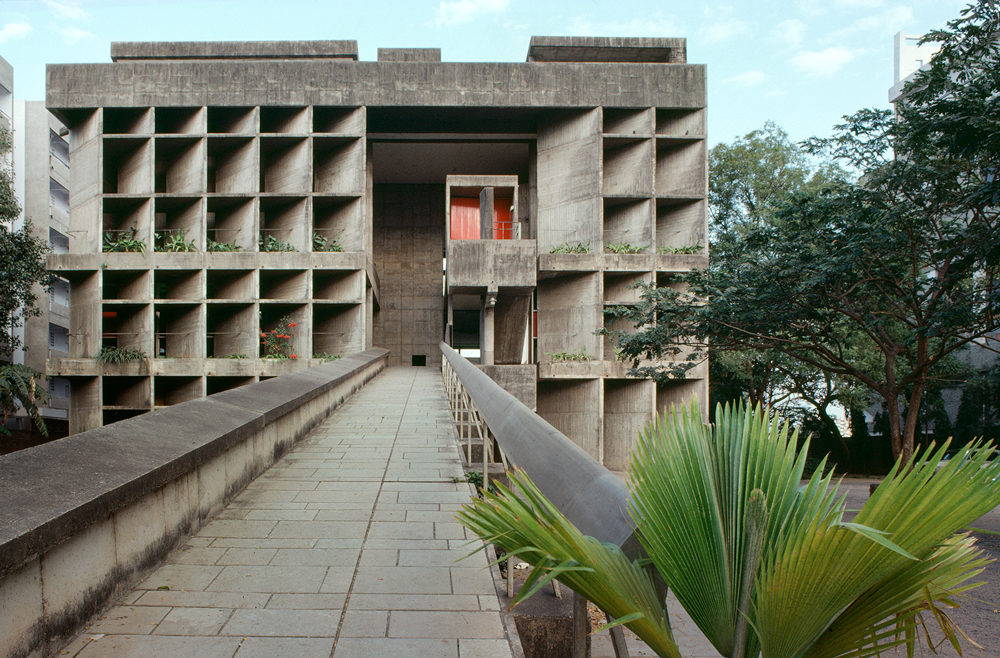
Mill Owners Association Building, Ahmedabad India : John Gollings ©
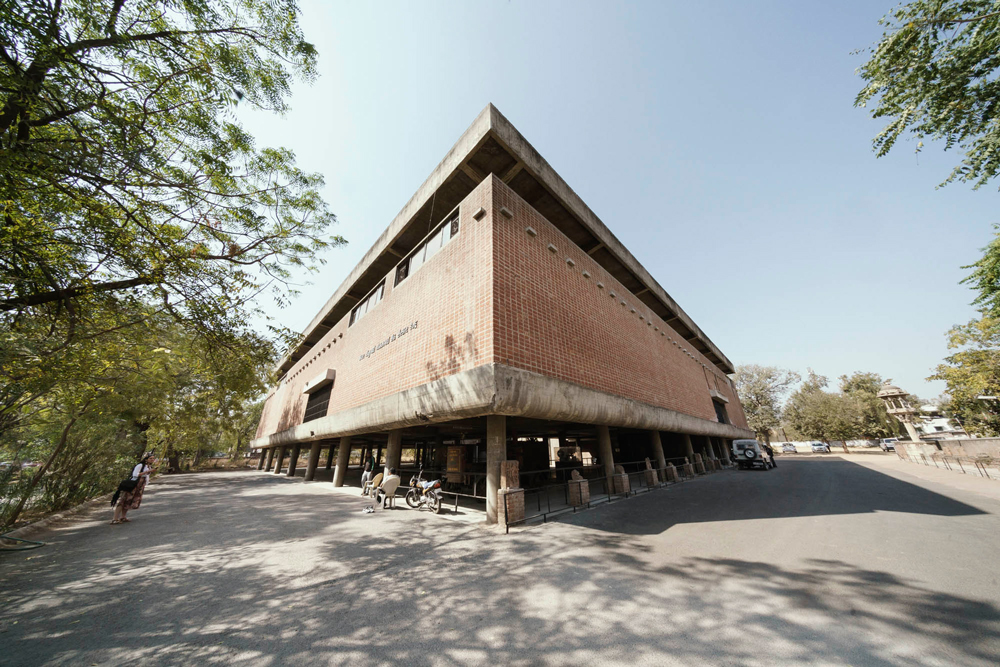
City Museum, Chandigarh India: Image John Gollings ©
Banner Image Corbusier’s inspiring Chandigarh designs, the High Court ©Edmund Sumner




